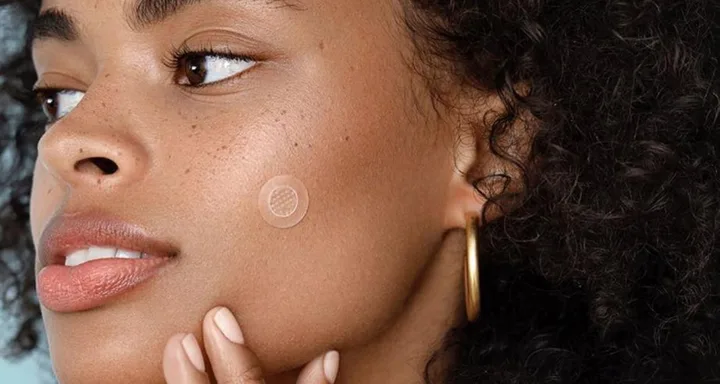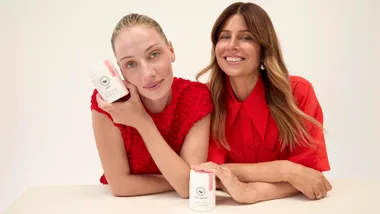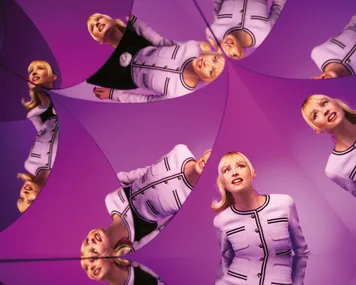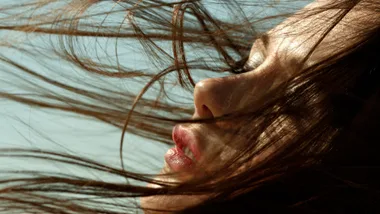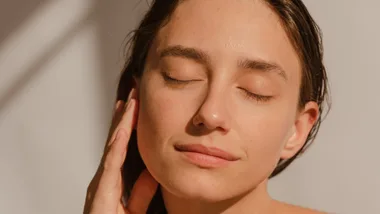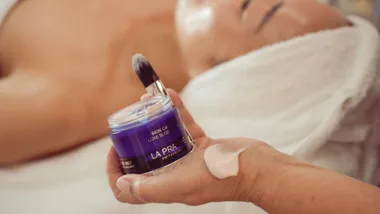We’ve all been there. One minute, your face is clear and smooth. The next, a suspiciously Vesuvius-like mound is threatening to erupt, often around the prime facial real estate that is your nose or chin.
Enter: the blind pimple.
We’ll start right here by taking a big breath in and out. There’s absolutely nothing wrong with having a blind pimple on your face. All faces are beautiful, and all faces get them. But, here we will aim to break down what to do when you want to treat and reduce a blind pimple as quickly as possible.
Thankfully, there are solutions to combating these skin annoyances, both in the short and long term. And to help break them down, we consulted Dr. Michele Squire, a PhD-qualified skincare scientist and founder of personalised skincare and health consultancy QR8.
So, here’s everything you need to know about blind pimples and how to get rid of them.
What Is A Blind Pimple?
Before we can work towards getting rid of blind pimples, it’s important to understand exactly what they are and why they appear.
“Known technically as a ‘papule’, a blind pimple is a superficial raised red lump that occurs when a pore (and its associated sebaceous gland) becomes inflamed,” Dr. Squire told marie claire.
“These are distinguished from a ‘pustule’ which is exactly as it sounds (it contains pus and can be squeezed). In more severe inflammatory acne, blind pimples are often much larger in diameter, and are called ‘nodules’ or ‘cysts’.”
How Do You Get Rid Of A Blind Pimple Fast?
Unfortunately, there is no overnight fix to making a blind pimple disappear (sorry!). However, the earlier you treat it, the faster you’ll be able to get rid of it.
“The best treatment is always prevention,” Dr. Squire advised.
“Topical benzoyl peroxide, azelaic acid (about 15-20%), and salicylic acid can penetrate into the blocked pore and unglue sticky skin cells and bacteria, so they are great options for keeping pores unblocked, reducing inflammation and inhibiting acne-causing bacteria.
“You need to use these ingredients consistently, cover the entire area that is prone to papules (i.e. not just ‘spot’ treat acute breakouts), and be patient, because they take time to work.”
How To Treat Blind Pimples In 4 Steps
If you do get a blind pimple, here’s Dr. Squire’s plan for twice daily treatment.
1. Wash the skin with a gentle cleanser and warm water and apply a warm (not hot!) compress.
“This can help to liquefy the blockage and bring the pimple to a head,” Dr Squire explained.
2. Use gentle skincare (no scrubs, intense acids, toothpaste or crushed up aspirin!).
“This includes your chosen acne active, as I mentioned above. My preferred option is azelaic acid.”
3. Apply a pimple patch to flatten the raised bump and prevent picking.
Dr Squire explained: “Some patches contain dissolving micro-darts that deliver treatment actives directly into the papule. They also do double duty as ‘pick-preventers’. Because each patch is designed to treat a single lesion, you can target the pimple directly, without irritating the surrounding skin. It’s an expensive and labour-intensive way of treating multiple pimples if you have acne though.”
4. Be patient and give it time to heal.
“I know that is easier said than done!”

According to Dr. Squire, it’s also important to note that the ingredients used in pimple treatments also come with a potential for irritation. So it takes time to phase them into your regular routine (although azelaic acid is less irritation than benzoyl peroxide, and can also help with post-inflammatory pigmentation).
“Chopping and changing between multiple treatments without giving them time to work will likely lead to frustration and the possibility of even more skin irritation,” said Dr. Squire.
What about other blind pimple remedies and tips?
If you’re frustrated by pimples and have found that there are no significant results after a few weeks, it’s a good idea to seek the advice of a qualified professional dermatologist or other skin specialist.
But if you want to try some home remedies and alternatives, here are details on three options people are often interested in trying.
- Chamomile tea. This remedy is used in a TikTok video from Amy Chang (@bondenavant) with over 3.5 million views. In it, she steeps a chamomile teabag for 10 minutes, places the teabag in the freezer for 10 minutes and then applies it to the pimple to reduce redness. There are plenty of comments on the video about the success of this strategy, and research has found chamomile has therapeutic properties that could reduce the inflammation and other markers of pimples. But there isn’t much research specific to this method, so from a scientific perspective the jury is still out.
- Magnoplasm. Made from magnesium sulfate and glycerol, Magnoplasm is designed as a drawing paste, particularly for boils, carbuncles and whitlows. Some people, including Zoë Foster Blake, have used it to bring pimples to a head. But it’s not designed for this purpose, so if you decide to try it be careful and do a spot test on your skin first.
- Face masks. This is a classic beauty treatment that can naturally help reduce and prevent acne. Face masks can help remove dead skin cells, clear pores and even shrink or get rid of pimples. There are plenty of face masks designed for acne treatment and prevention, as well as homemade face masks you could try.
Keep in mind that everyone’s skin is different. Even the type of pimple could have an influence on the outcome of a particular treatment. So it’s good practise to spot-test any blind pimple remedy you try. And if you’re in doubt, consult a specialist.
How Long Does It Take For A Blind Pimple To Go Away After Treatment?
“This will depend on whether it comes to a head or not, and how long the body’s normal physiological processes take to clear inflammation. It will also depend on whether it is a superficial papule, or a deeper nodule,” Dr. Squire emphasised.
“Just remember, there is no miracle or overnight cure. Acne scarring lasts a lifetime, so if you don’t see any improvement after a month of consistent treatment, or if you are getting multiple pimples, it’s time for a visit to a professional who specialises in acne.”
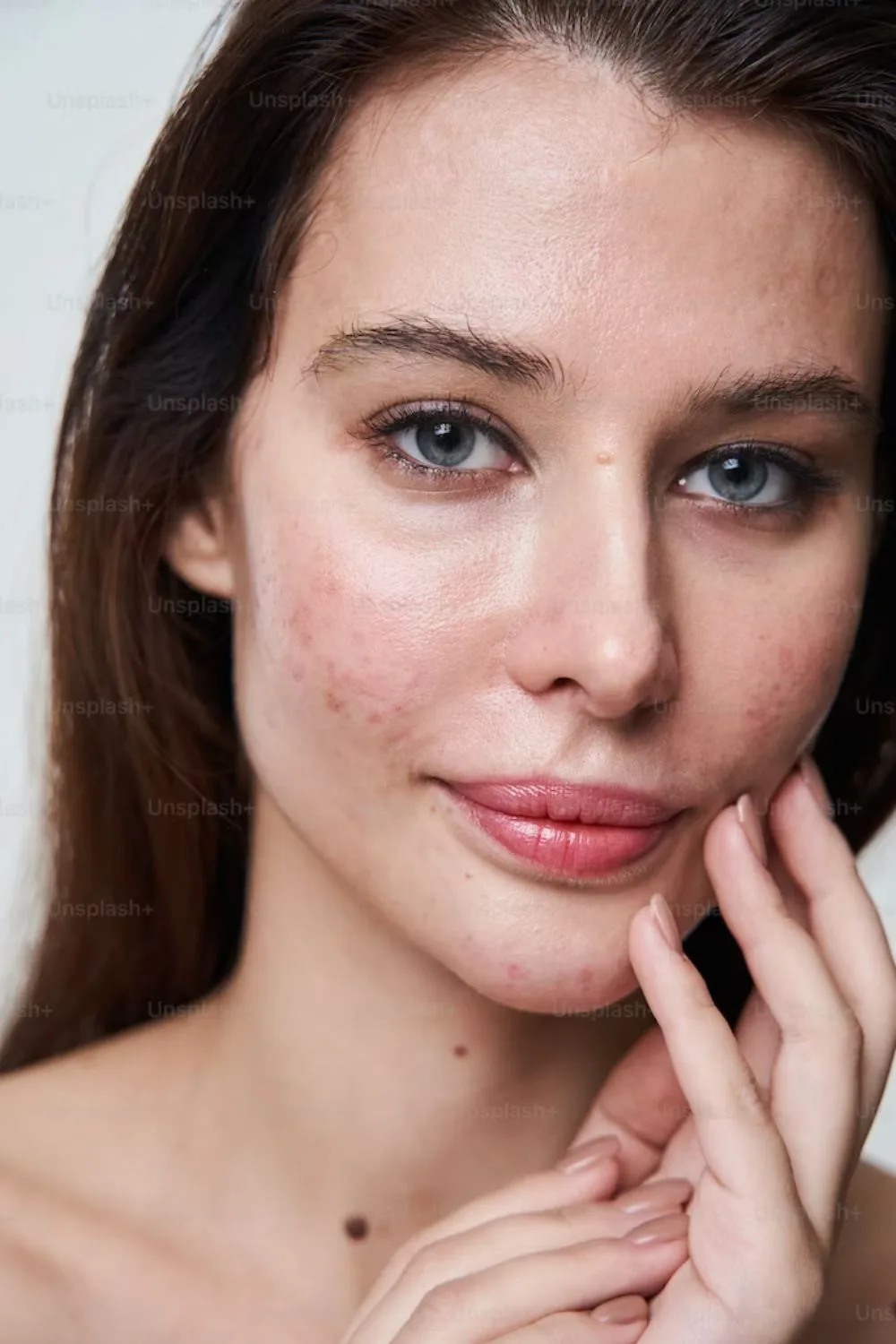
Can You Pop A Pimple With No Head?
As oddly satisfying as popping a pimple can be for some people, it’s generally a no-no, including for blind pimples.
“Unfortunately, picking and squeezing papules or nodules to ‘bring them to a head’ usually results in a much larger lesion that takes longer to heal and increases the chance of a secondary infection and scarring,” Dr. Squire explained.
“You can also force the mixture of sebum, bacteria and dead cells that is blocking the pore deeper into the skin, leading to increased inflammation.”
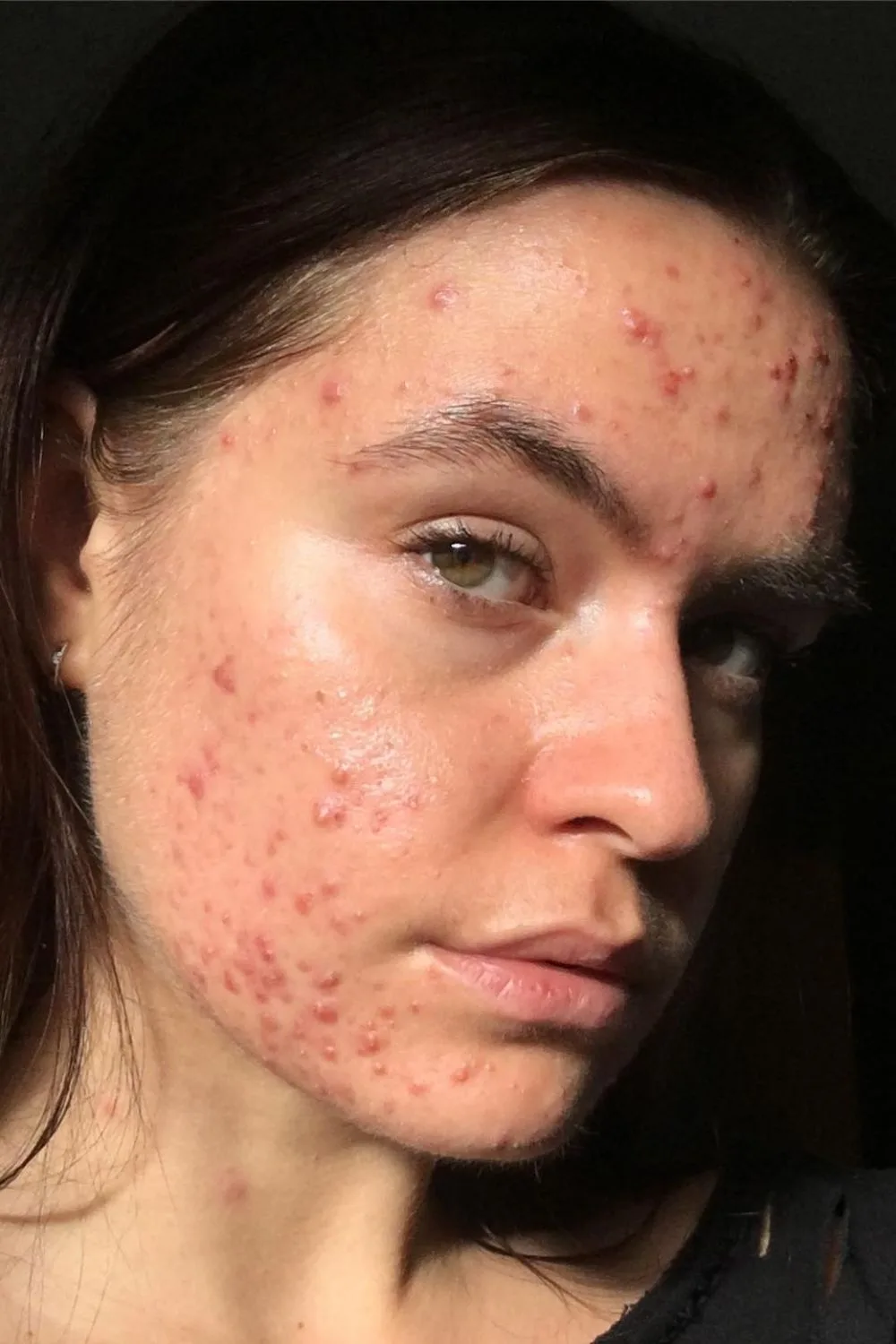
If You Leave A Blind Pimple Alone, Will It Get Worse?
Blind pimples often go away on their own, without getting worse.
“If left alone, a blind pimple will usually resolve by itself, but it takes a very strong will not to pick at it!” Dr. Squire said.
What Causes Blind Pimples?
Blind pimples are usually triggered by a surge in hormones, which is why they commonly pop up around your menstrual cycle.
During this period (pun intended), the skin’s oil glands become ultra-sensitive to this hormone surge. As a result, they react by over-producing sebum, which gets trapped under the skin along with bacteria and other impurities and cause cystic acne.
How Do You Prevent Blind Pimples Long Term?
Topical treatments aside, if you’re looking to keep blind pimples from popping back up regularly, it’s worth paying attention to your stress levels.
“There’s no magic bullet to prevent pimples sadly, except following a balanced lifestyle,” Dr. Squire explained.
“There is very little scientific evidence linking food groups (especially dairy) to breakouts, and what does exist is conflicting. Stress can cause acne flares, so lifestyle habits that help to manage that are a good idea.”
What About Blind Pimples Caused By Hormone Imbalances?
If you’re getting recurring blind pimples in the form of hormonal acne, it’s worth speaking to your GP or dermatologist about treatment.
“Although teenage acne is common due to the natural increase in androgen hormones during adolescence, acne can also flare during menstruation (it’s thought that this is because less oestrogen is available to suppress androgen-stimulated sebum production), and pregnancy,” Dr. Squire told marie claire.
“Because of its hormonal basis, dermatological treatments for acne can include reducing sebum using hormonal methods. This includes oral contraceptives (to suppress ovarian androgen production) and androgen receptor blocking medication such as spironolactone and cyproterone acetate.
“Vitamin A derivatives (either topically or orally) can also reduce sebaceous gland activity,” Dr Squire said.
